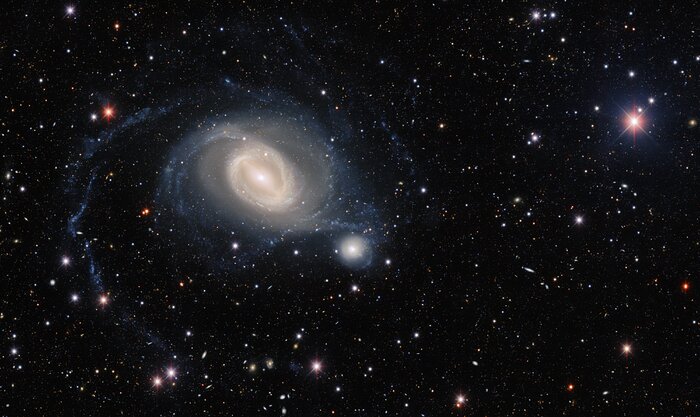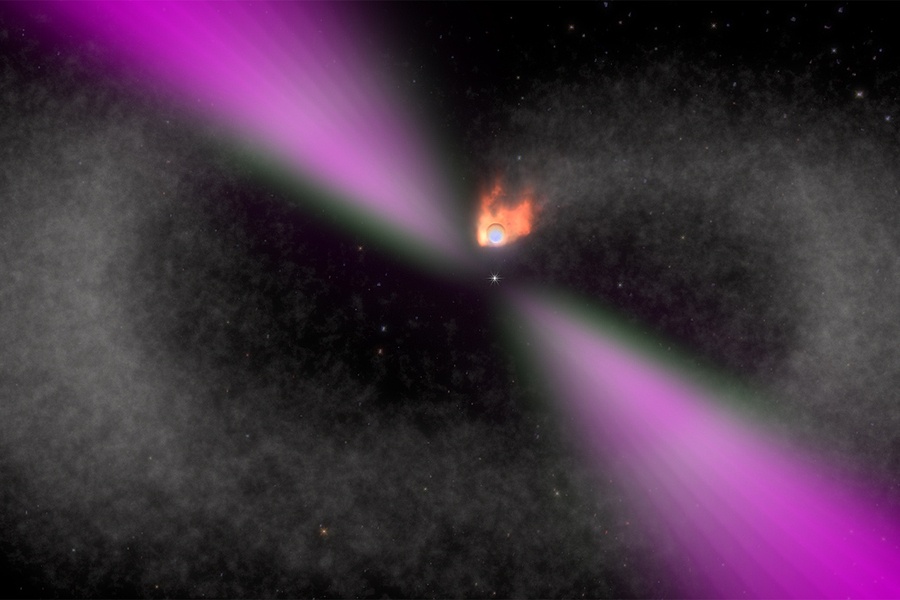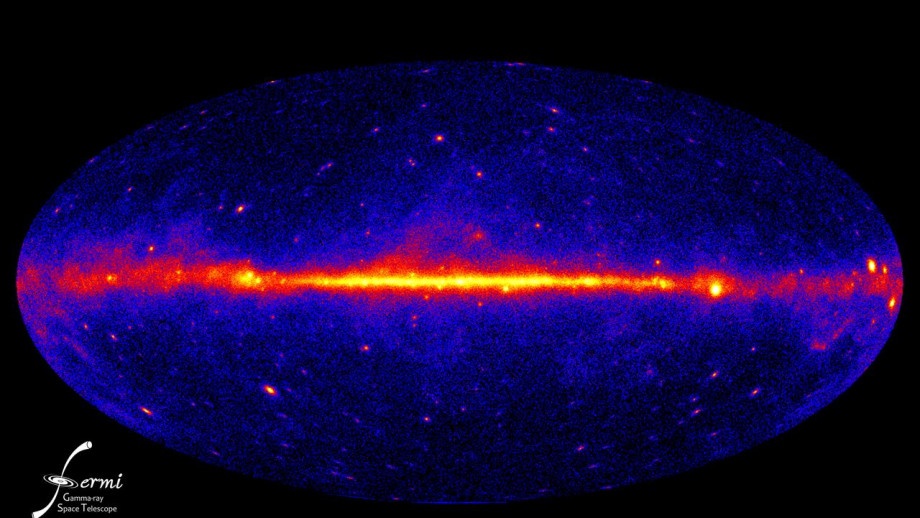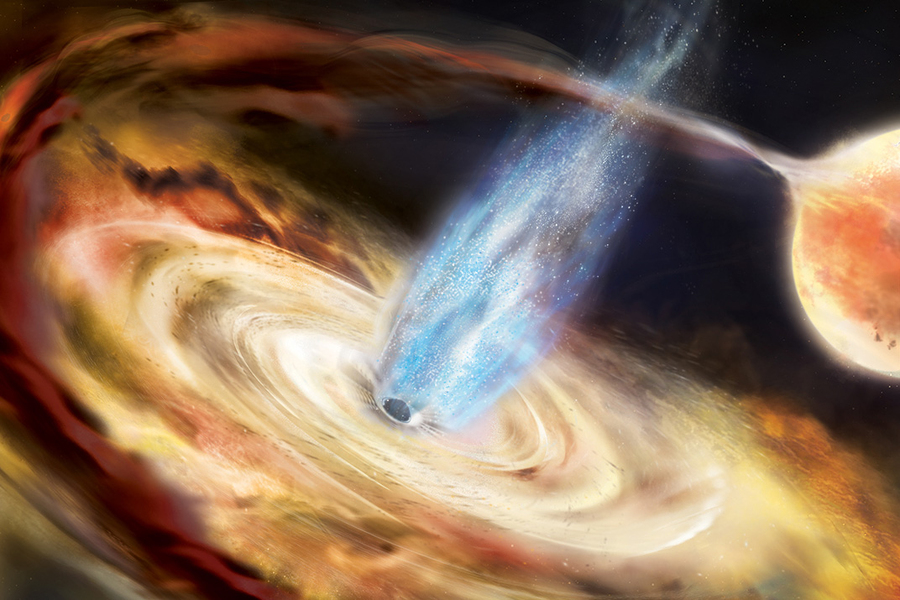
Distant galaxies, dark matter, dark energy, and the origin and evolution of the universe itself are some of the many scientific goals of China’s newly announced space telescope. If all goes according to plan, the China Space Station Telescope (CSST) will blast off atop a Long March 5B rocket sometime in late 2023. Once in a safe orbit, CSST should begin observations in 2024. Judging by these research topics, it looks like the Chinese Academy of Sciences is throwing down an impressive scientific gauntlet for itself and its astronomers.
Continue reading “China Announces Its New Flagship Space Telescope Mission”






